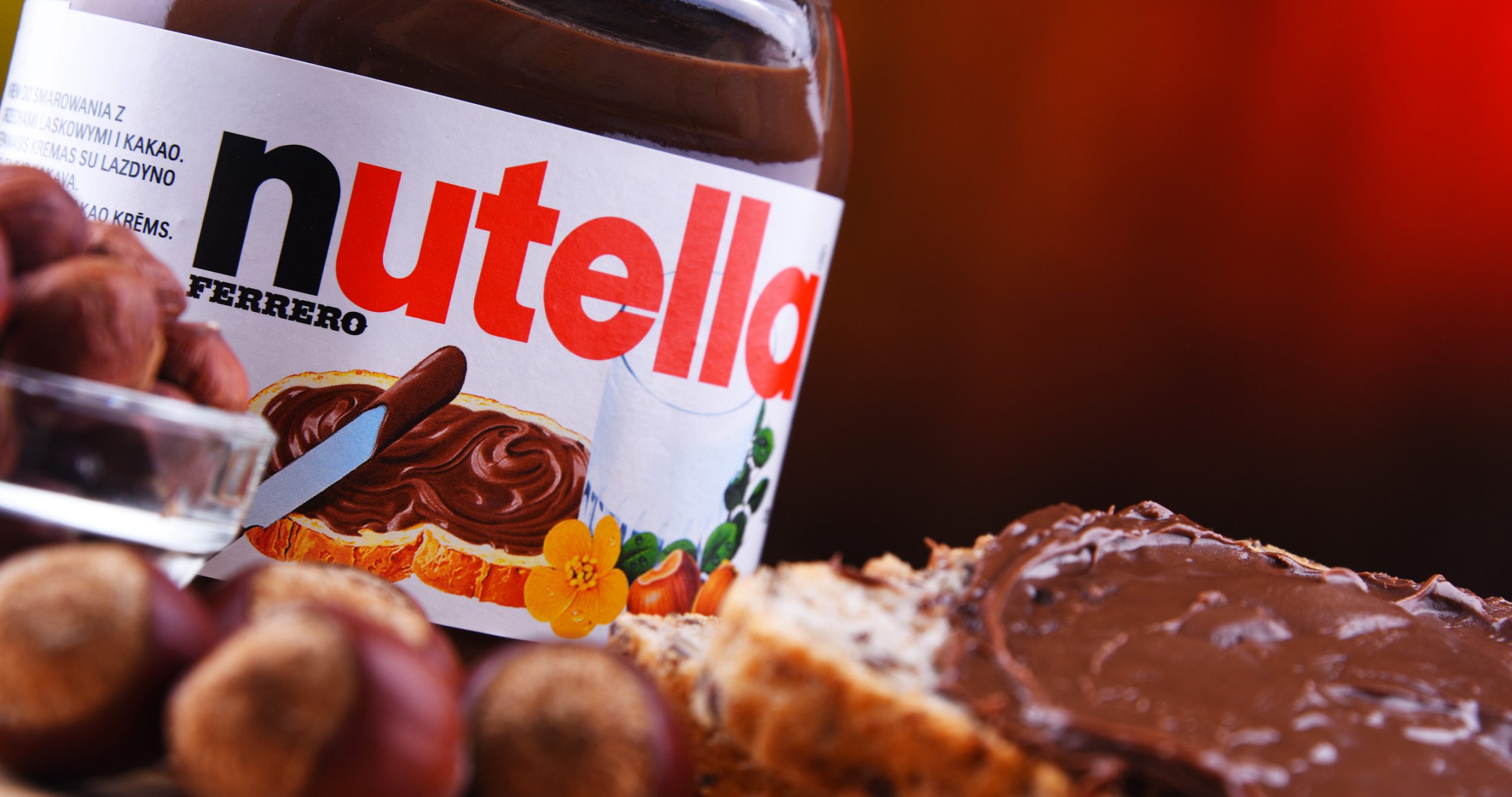
We all love familiar snacks—but lately, some of our favorite packaged treats have been quietly tweaked. While the package looks the same, brands are making small ingredient changes to reduce costs and protect margins. Recognizing these changes can help you make smarter choices (or demand accountability). In this article, I spotlight 10 packaged snacks that quietly changed ingredients to cut costs—and what to watch for on labels. Use this list to refine your shopping radar and spot hidden substitutions next time you’re in the snack aisle.
1. Nutella
Nutella isn’t just a breakfast spread—it’s a brand that’s drawn scrutiny when it changed ingredients to cut costs. In 2017, Ferrero increased sugar and skimmed milk powder, leading to a lighter color and complaints that the cocoa content was lowered. Many fans say the flavor and texture subtly shifted. While Ferrero denied cutting cocoa, loyal consumers still debate whether they taste a difference. It’s a vivid example of how even a beloved product can be altered in the name of economics.
2. Oreo
Oreo has also been under consumer radar for ingredient tweaks tied to cost pressures. Some reports suggest the crème filling has been reduced in thickness—even in “double-stuf” varieties—though Oreo claims its cookie-to-filling ratio remains about 71:29. Others believe the actual quality of the filling or cookie recipe has been subtly dulled. These changes may go unnoticed at first, but over the years, they add up. As one of the most recognizable treats, Oreo shows how brands can hide adjustments behind brand strength.
3. Twinkies
Twinkies have long been taunted for their shelf life—but they’ve also quietly changed ingredients to cut costs. After Hostess’s corporate changes, the company swapped some original ingredients for cheaper alternatives and extended shelf life by modifying fats and additives. Many longtime consumers describe today’s Twinkies as smaller, less moist, and less flavorful. The classic “golden sponge” feel is less consistent than it used to be. This change highlights how shelf-life economics often drive ingredient decisions.
4. Kraft Mac & Cheese
One of America’s comfort staples, Kraft Mac & Cheese, has also been reformulated with cost and marketing in mind. The company removed synthetic dyes (Yellow 5 and Yellow 6) and shifted to natural coloring agents like annatto and paprika. Some consumers say the flavor is now milder, the texture less gooey. At the same time, it allows Kraft to market a “cleaner label” while still managing ingredient costs. This illustrates how cost pressures and branding goals intersect in ingredient adjustments.
5. Heinz Beanz with Sausages
In 2024, Heinz quietly altered its “Beanz with Sausages” product by switching to Richmond sausages (which contain wheat) instead of its prior gluten-free version. The change meant that the product was no longer safe for many in the gluten-free community. Heinz justified the swap as necessary for cost considerations and to align with broader sausage sourcing. But the move drew backlash from consumers, especially those with dietary restrictions. It’s a clear case where cost-cutting collided with consumer expectations and trust.
6. SpaghettiOs
SpaghettiOs has long been a staple canned pasta meal—and it’s not exempt from change. The brand cut sodium content and simplified its ingredient list in past reformulations, partly in response to health trends, but also to streamline supply and reduce cost burdens. While these cuts may seem positive, longtime fans sometimes note a subtle decline in flavor intensity. Such alterations often happen gradually to avoid upsetting the core consumer base. SpaghettiOs shows how cost and regulation pressures jointly influence ingredient decisions.
7. Kellogg’s Eggo Waffles
Eggo waffles have quietly shifted over time, aligning with cost, consumer trends, and health framing. Kellogg’s removed many artificial flavors and colors from the Eggo lineup by 2018, and more recently, fans noticed softer textures or slightly different crispness. Some say the waffles feel less “toasty” or flavorful than before. While part of the change is ingredient “clean up,” part is cost management in setting margins. Eggo’s case shows how even breakfast staples are vulnerable to tweaks behind the scenes.
8. Butterfinger
Butterfinger is another major snack that’s attracted attention for ingredient changes. According to reports, in 2019, Ferrero removed hydrogenated oils and the preservative TBHQ and simplified other components. The brand also altered wrapping to maintain freshness with fewer additives. Fans notice a slightly different mouthfeel or crispness. It’s a classic example of how even candy bars aren’t immune to ingredients shifting for cost or regulatory reasons.
9. Turkey Hill Ice Cream
While technically a frozen treat, Turkey Hill’s changes reflect what happens to snack-like products. In 2025, the brand announced plans to remove artificial dyes across its line by 2027, swapping in natural alternatives like plant-based pigments. At the same time, some consumers observed differences in shade, sweetness, or creaminess. Because dairy and natural pigments tend to cost more, this change likely involves tradeoffs in formulation beyond just labeling. Turkey Hill’s reforms show how cost control and “clean labels” can force real ingredient compromises.
Spotting When a Brand Changed Ingredients to Cut Costs
When brands changed ingredients to cut costs, the shift is usually subtle—and sometimes intentionally under the radar. First, watch ingredient lists for rearranged order or new “fillers” (like cheaper starches, lesser oils). Second, track texture, color, and flavor drift over time: if it feels “off,” something may have changed. Third, check packaging claims (like “100% real ingredients”), which may be aspirational after cuts. Fourth, read consumer forums or watchdog sites comparing old vs new versions. Finally, support brands that openly explain reformulations rather than hiding them behind marketing. Awareness is your best tool in protecting quality.
Did you ever notice that one of your favorite snacks tastes different? Which product change surprised you the most? Tell us in the comments below.
What to Read Next
- Here Are the 5 Cleanest and 5 Most Chemical-Laden Chips on Shelves
- Why Couples Fight More Over Snacks Than Big Purchases
- 6 Theme Park Snacks That Are Marked Up More Than Jewelry
- 10 Airport Snacks That Cost Triple But Travelers Still Buy
- Buy These 6 Snacks Before Halloween or Expect Empty Shelves
The post 9 Packaged Snacks That Quietly Changed Ingredients To Cut Costs appeared first on Grocery Coupon Guide.







